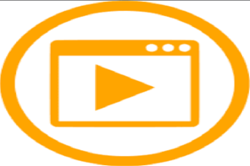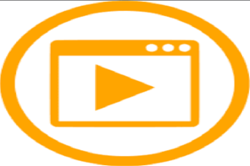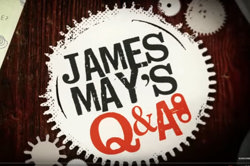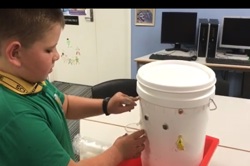Web Literacy Basics
This module covers three areas of web literacy including reading for the web, writing for the web and participating on the web. In reading for the web they assess the credibility of a web resource and learn how the web works. In writing for the web they explore remixing and learn about composing for the web. In participating on the web they explore open content and create an online community task to inspire action.
Additional details
| Year band(s) | 5-6, 7-8 |
|---|---|
| Format | Web page |
| Australian Curriculum Digital Technologies code(s) |
AC9TDI6K01
Investigate the main internal components of common digital systems and their function
AC9TDI6K02
Examine how digital systems form networks to transmit data
AC9TDI6P07
Select and use appropriate digital tools effectively to create, locate and communicate content, applying common conventions
AC9TDI6P08
Select and use appropriate digital tools effectively to share content online, plan tasks and collaborate on projects, demonstrating agreed behaviours
AC9TDI8K01
Explain how hardware specifications affect performance and select appropriate hardware for particular tasks and workloads
AC9TDI8K02
Investigate how data is transmitted and secured in wired and wireless networks including the internet
AC9TDI8P01
Acquire, store and validate data from a range of sources using software, including spreadsheets and databases
AC9TDI8P11
Select and use a range of digital tools efficiently, including unfamiliar features, to create, locate and communicate content, consistently applying common conventions
AC9TDI8P12
Select and use a range of digital tools efficiently and responsibly to share content online, and plan and manage individual and collaborative agile projects |
| Keywords | Digital citizenship, Web Literacy, Open resources, Remixing, Cooperation, Internet, Unplugged, Composing, Interface |
| Integrated, cross-curriculum, special needs | English, Digital Literacy |
| Organisation | Mozilla |
| Copyright | Mozilla Foundation. Creative Commons BY-SA 4.0 |
Related resources
-

Tinker challenge: if/else: simple conditional response
This video is part of the lesson idea Coding a sentimental chatbot in Python that is located on the Digital Technologies Hub.
-

Tinker challenge: respond to the user's sentiment
This video is part of the lesson idea Coding a sentimental chatbot in Python that is located on the Digital Technologies Hub.
-

What are binary numbers? - James May's Q&A (Ep 11100) - Head Squeeze
Binary Numbers are explained in this video by Top Gear's James May.
-

Bloom's Taxonomy
This section provides a guide for developing assessment activities based on the key active verbs in the Australian Curriculum: Digital Technologies using Bloom's Taxonomy as a framework.
-

What's The Difference Between ICT Capabilities & the Digital Technologies Learning Area?
This blog summarises the differences between ICT Capabilities & the Digital Technologies Learning Area. The blog article is written by Dr Rebecca Vivian a leader in Digital Technologies working in the Computer Science Education Research Group based at The University of Adelaide.
-

Emulating nature's perfect pursuit
A case study briefly describing an AI project where scientists have adapted dragonflies’ neuronal processes into a unique algorithm that emulates the insect’s phenomenal visual tracking capability.
-

Denver's drink dispenser
Check out Denver, the young entrepreneur from Queens Beach State School Denver, and his home-made drink dispenser!
-

Topics: General purpose programming/coding
This is a curated topic for Coding and general purpose and programming.
